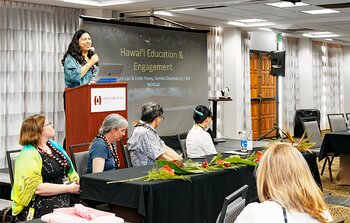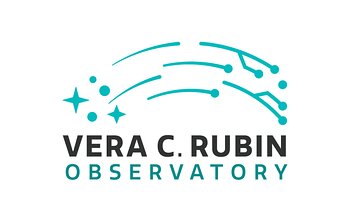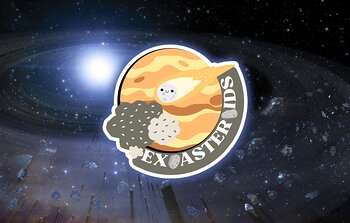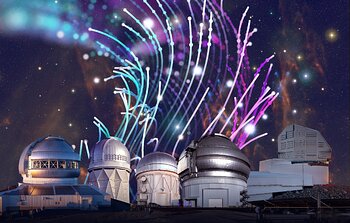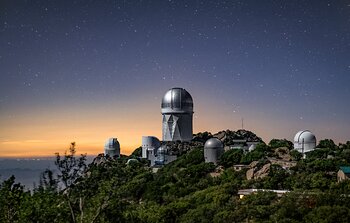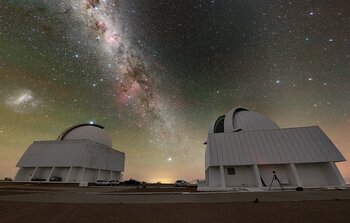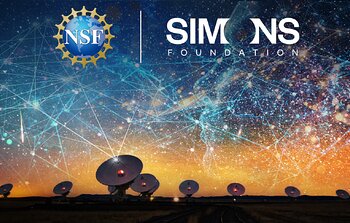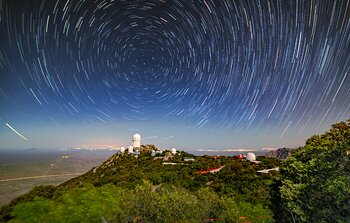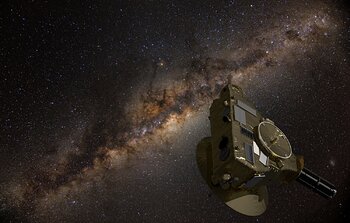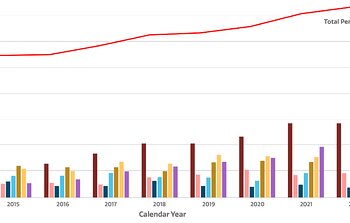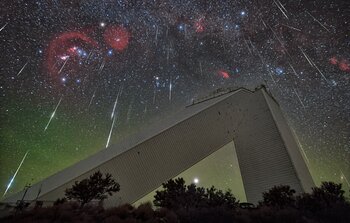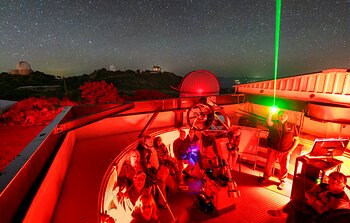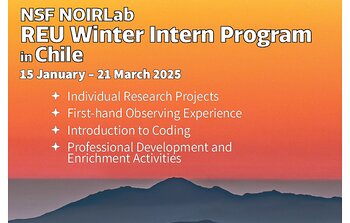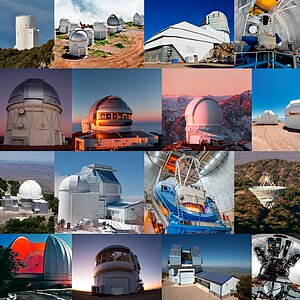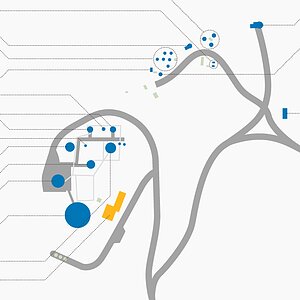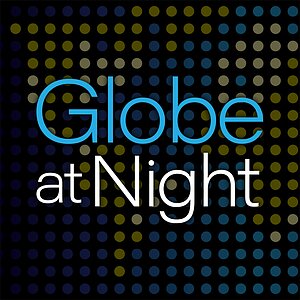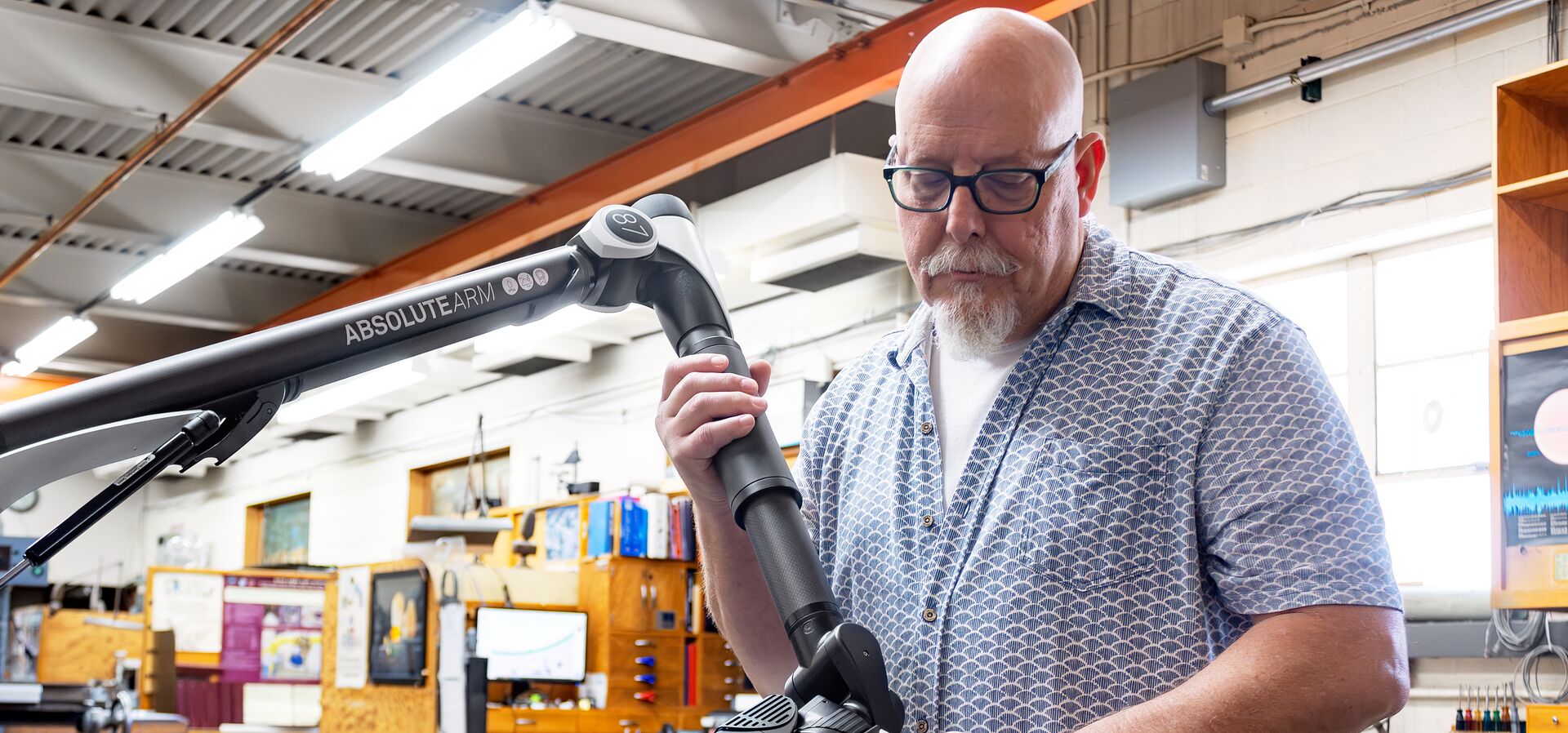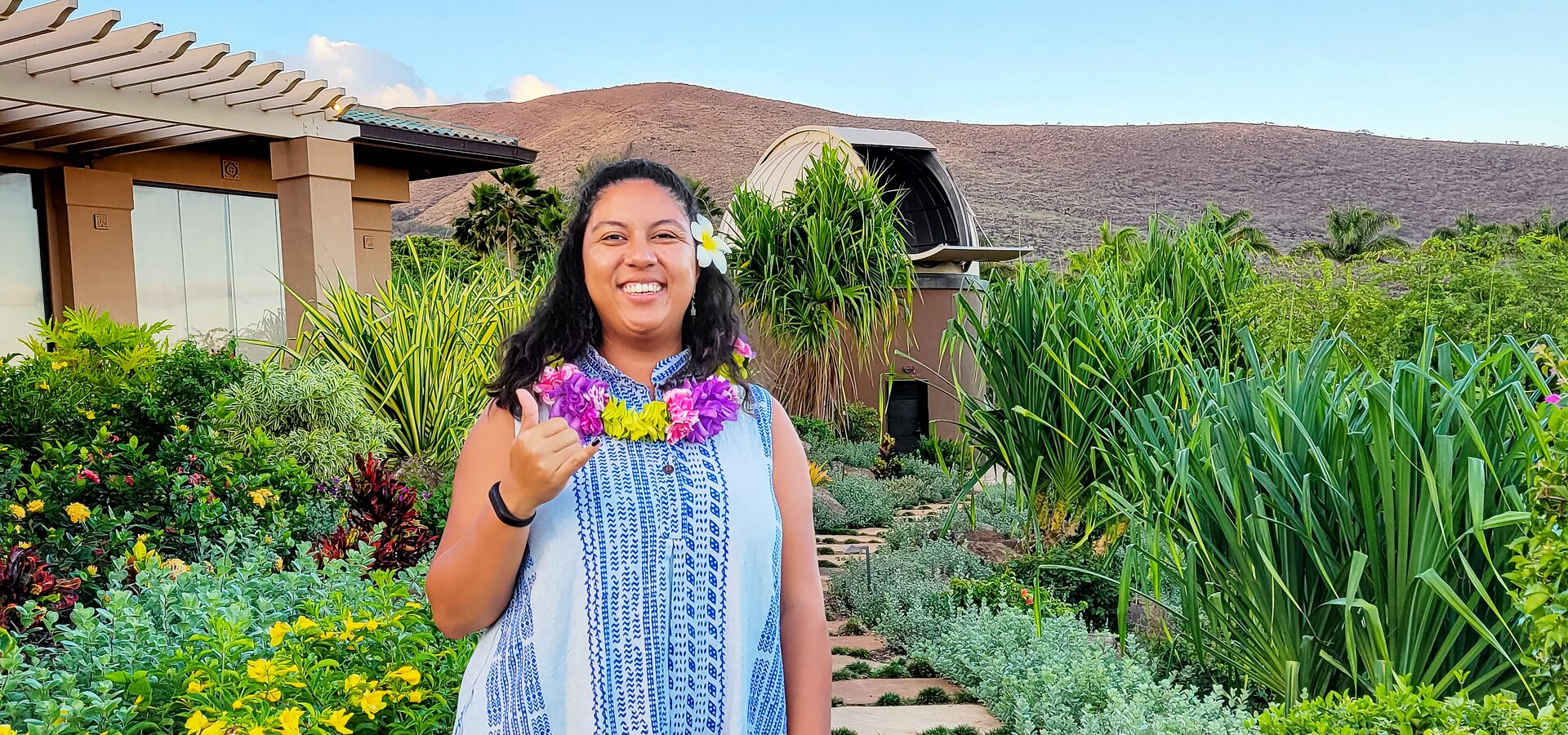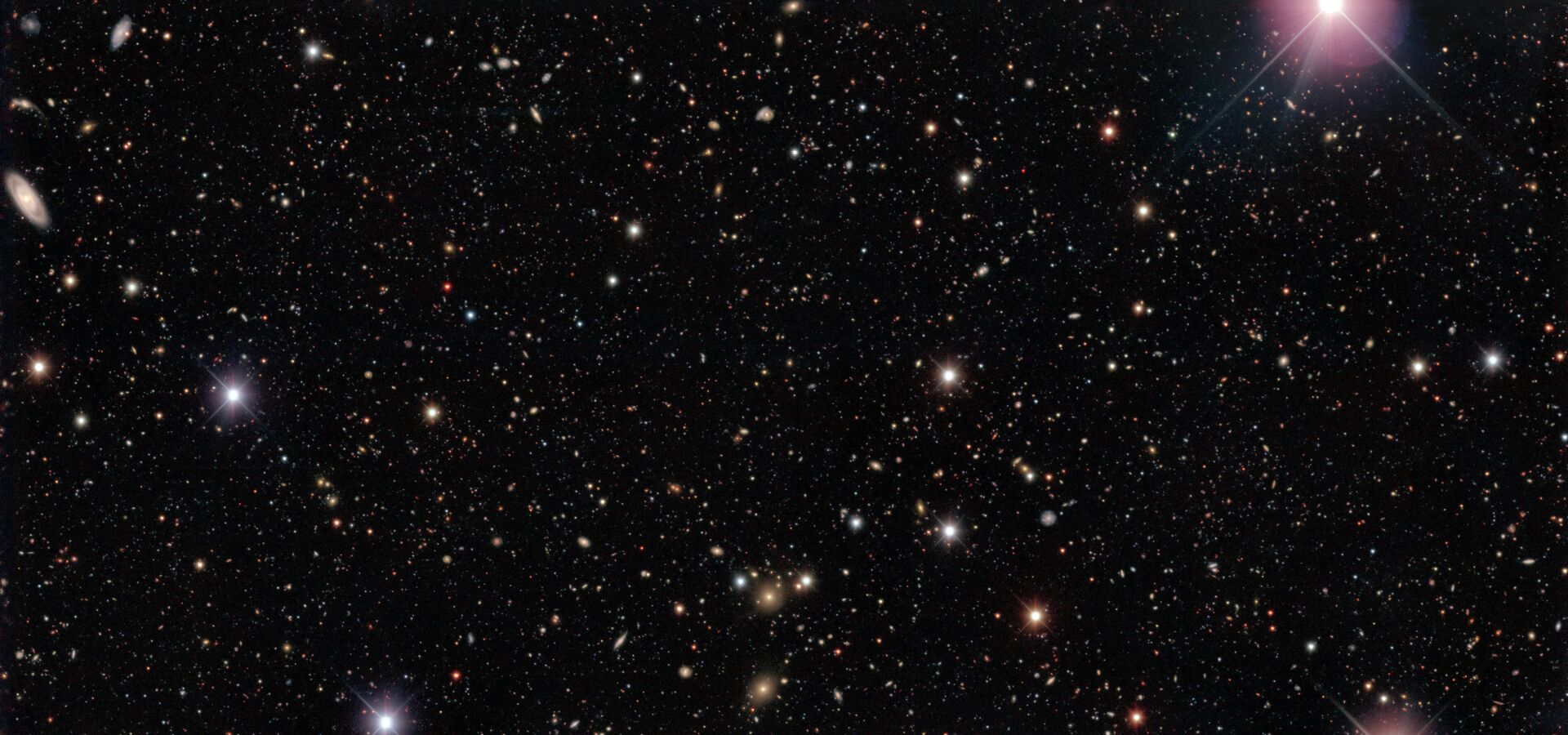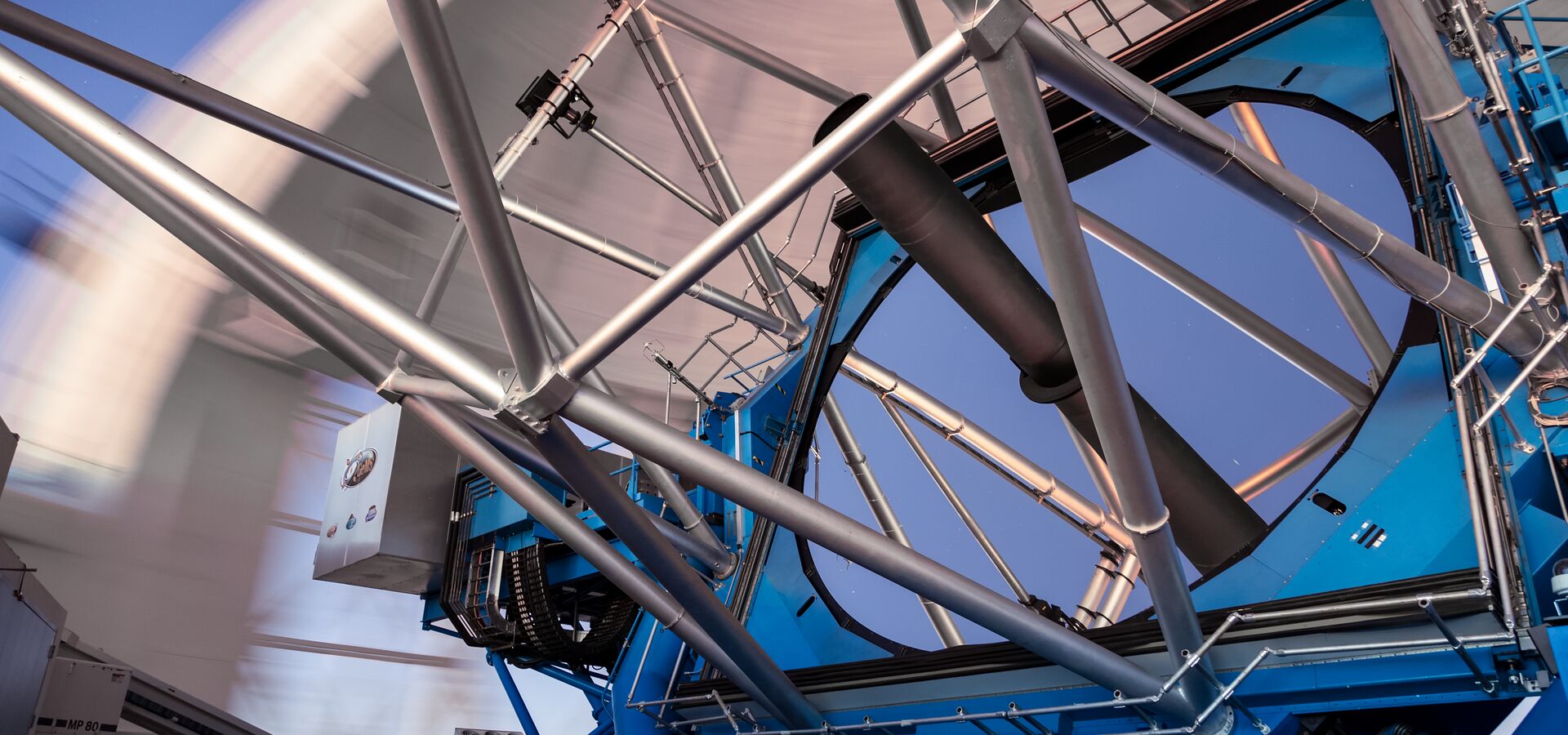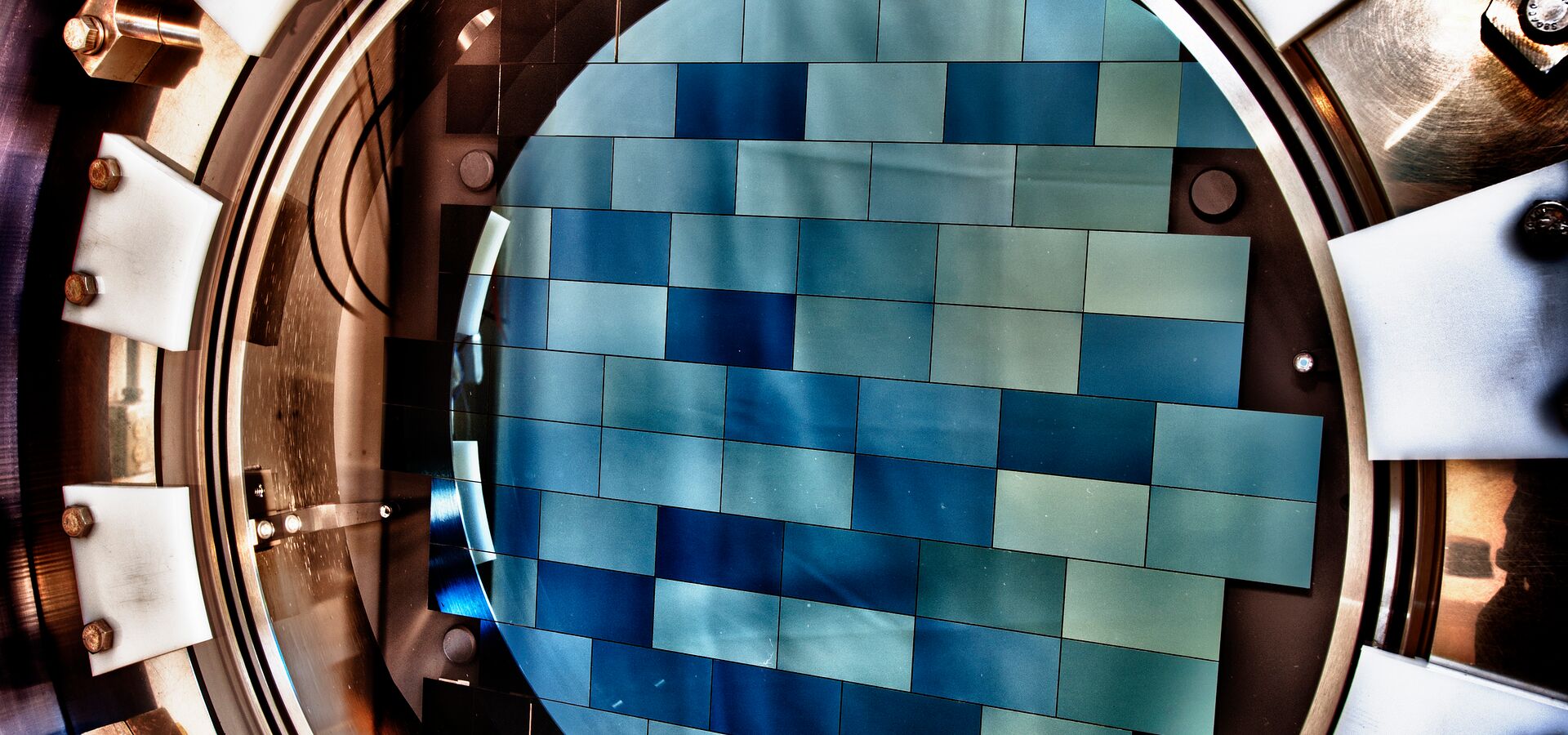Come visit our observatories!
Our Programs

From the first observations in 1965, Cerro Tololo, located in Chile, has served as the principal platform for U.S. astronomical investigation of the southern skies.

Programs within the Community Science and Data Center support and enable a broad range of astronomical community science activities across the US ground-based optical and infrared system.

Founded in 1958, Kitt Peak National Observatory is home to one of the largest arrays of optical and radio telescopes in the world.

The Gemini Observatory consists of twin 8.1-meter diameter optical/infrared telescopes located on two of the best observing sites on the planet.

Vera C. Rubin Observatory, currently under construction on Cerro Pachón in Chile, is an 8-meter-class telescope coupled to a 3.2-gigapixel camera – the world’s largest digital camera ever fabricated for optical astronomy.





